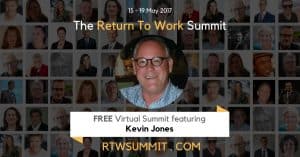 Almost every occupational health and safety (OHS) inquiry by the Australian Government has acknowledged the inadequacies of data on workplace injuries, illnesses and deaths. The 1995 Inquiry into Occupational Health and Safety (Volume 2) (pages 377-378) by the (then) Industry Commission acknowledged the lack of empirical evidence and made up its own. The situation has barely improved.
Almost every occupational health and safety (OHS) inquiry by the Australian Government has acknowledged the inadequacies of data on workplace injuries, illnesses and deaths. The 1995 Inquiry into Occupational Health and Safety (Volume 2) (pages 377-378) by the (then) Industry Commission acknowledged the lack of empirical evidence and made up its own. The situation has barely improved.
However a new project by West Australian academic,



 The first is
The first is  The media is full of lists of Christmas reading, usually in order to sell books. Below is a selection of the safety-related books that are in my Summer reading pile. (No, I am not going to list the Batman comics or Star Trek books. That would be embarrassing.)
The media is full of lists of Christmas reading, usually in order to sell books. Below is a selection of the safety-related books that are in my Summer reading pile. (No, I am not going to list the Batman comics or Star Trek books. That would be embarrassing.)
